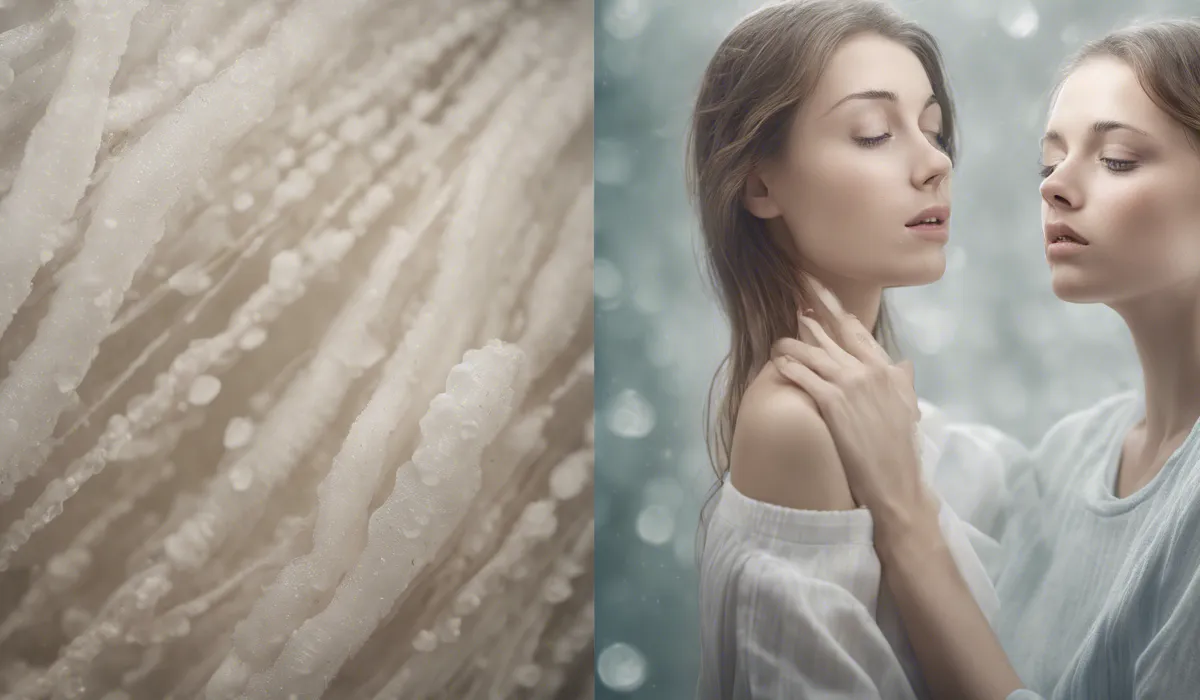Mildew on clothes typically emits a musty, sour smell that is often described as earthy and unpleasant. This odor is a sign of mold growth resulting from dampness and poor ventilation. The smell can be strong and persistent, requiring thorough washing or treatment to remove.
Understanding Mildew and Its Impact on Clothing

Definition of Mildew
Mildew is a type of fungus that thrives in moist, warm environments. It often appears as a thin, superficial layer of white or grayish growth on organic materials, including fabrics.
Mildew is a common issue in clothing, particularly when garments are not dried properly or are stored in damp conditions.
How Mildew Develops on Clothes?
Mildew can develop on clothing when it is left in a wet state for too long. This can happen when clothes are not dried immediately after washing or if they become damp due to perspiration or environmental moisture.
Poor air circulation and high humidity levels can also contribute to the growth of mildew on clothes.
Factors Contributing to Mildew Growth
Several factors can encourage mildew growth on clothing. These include dampness, lack of ventilation, warm temperatures, and organic materials for the mildew to feed on.
Clothes made from natural fibers like cotton or linen are particularly prone to mildew because they absorb and retain moisture.
Difference Between Mildew and Mold
While mildew and mold are both types of fungi, they differ in their appearance and the surfaces they affect.
Mold is usually black or green and can penetrate deeper into materials, causing more severe damage. Mildew, on the other hand, remains on the surface and is easier to remove.
Identifying the Mildew Smell

Descriptive Characteristics of Mildew Odor
The odor of mildew is often described as musty and sour, reminiscent of wet socks or rotting wood.
It is a distinct smell that indicates the presence of mildew or mold growth, and it can quickly become overpowering if not addressed.
Comparison to Other Common Odors
The smell of mildew is quite different from other household odors. It is not as sharp as the scent of vinegar or as pungent as body odor.
Instead, it carries an earthy, stale quality that is unmistakable once identified.
Intensity of Mildew Smell Based on Growth Stages
The intensity of the mildew smell can vary based on how long the mildew has been growing.
A faint odor might indicate early stages of growth, while a strong, persistent smell suggests that the mildew has been present for some time and may have spread extensively.
The Persistence of the Smell on Different Fabric Types
Different fabric types can hold onto the mildew smell with varying tenacity. Natural fibers like cotton and wool tend to absorb and retain odors more than synthetic fibers such as polyester, which can make the smell more challenging to remove from these materials.
Dealing with Mildew Smell on Clothes

Immediate Steps to Take Upon Detecting Mildew Smell
When you detect a mildew smell on your clothing, it’s essential to act quickly. Start by airing out the garment in a well-ventilated area and then wash it using hot water, if the fabric allows, to kill the mildew spores.
Home Remedies for Removing Mildew Odor
Several home remedies can help remove mildew odor from clothes. Vinegar, baking soda, and lemon juice are natural deodorizers that can be added to the wash.
Sun-drying the clothes can also help eliminate the smell as UV rays kill mildew spores.
Recommended Laundry Detergents and Additives
There are laundry detergents and additives specifically designed to combat mildew smells.
These products often contain enzymes and other ingredients that break down mildew and neutralize odors. It’s important to follow the instructions on the label for the best results.
Preventative Measures to Avoid Mildew and Its Odor in the Future
Preventing mildew and its accompanying odor involves maintaining a dry, well-ventilated environment for your clothes.
Use dehumidifiers in damp areas, ensure that clothes are completely dry before storing them, and consider using moisture-absorbing products in your closets and drawers.
FAQs About Mildew Smell on Clothes
What does mildew smell like on clothes?
Mildew on clothes typically has a musty, sour smell that is reminiscent of an earthy and unpleasant odor.
Is the smell of mildew on clothes strong?
Yes, the smell of mildew on clothes can be strong and persistent, often requiring attention to remove.
How can you tell if clothes have mildew?
You can tell if clothes have mildew if they emit a musty, sour smell and sometimes show visible signs of mold growth.
What causes clothes to smell like mildew?
Clothes smell like mildew when they are left damp and do not have adequate ventilation, leading to mold growth.
How do you remove mildew smell from clothes?
To remove the mildew smell from clothes, you need to wash them thoroughly or treat them with products designed to eliminate mold and its odors.
Final Thoughts
Mildew on clothes is accompanied by a musty, sour odor, often likened to an earthy and disagreeable scent. The presence of this smell indicates mold growth due to excess moisture and inadequate air circulation. Eliminating this robust and lingering odor typically necessitates comprehensive laundering or specialized treatments.
